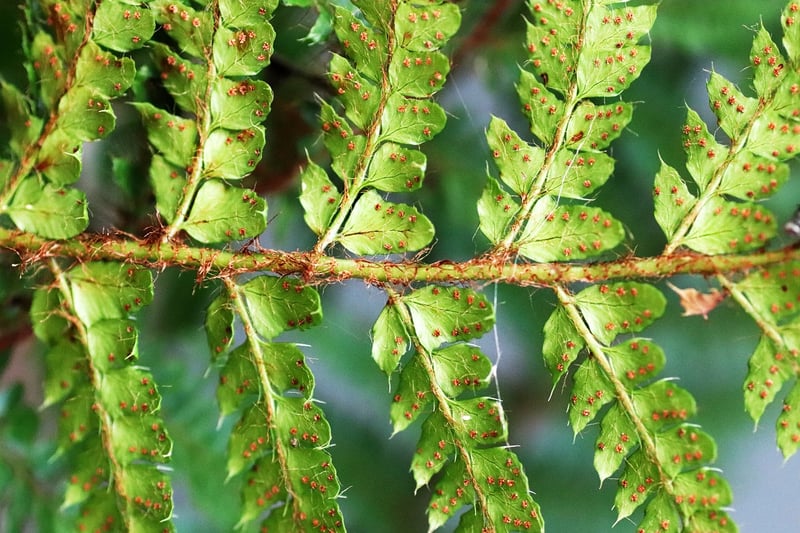Plant Propagation
Tips for Nurturing Plants and Plant Propagation
Nurturing Plants
Whether you are a seasoned gardener or just starting, proper plant care is essential for the health and growth of your plants. Here are some tips to help you nurture your plants:
1. Watering
Ensure your plants receive the right amount of water. Overwatering can lead to root rot, while underwatering can cause dehydration. Check the soil moisture regularly and adjust your watering schedule accordingly.
2. Sunlight
Most plants require adequate sunlight to thrive. Be sure to place your plants in locations where they can receive the right amount of sunlight based on their specific requirements.
3. Pruning
Regular pruning helps promote healthy growth and allows for better air circulation within the plant. Remove dead or damaged leaves and branches to encourage new growth.
4. Fertilizing
Provide your plants with the necessary nutrients by fertilizing them regularly. Choose a fertilizer that suits the specific needs of your plants, whether they are flowering plants, vegetables, or succulents.
Plant Propagation
Plant propagation is the process of creating new plants from existing ones. It's a rewarding way to expand your garden or share plants with others. Here are some common methods of plant propagation:
1. Seed Propagation
Planting seeds is one of the most common ways to propagate plants. Make sure to provide the seeds with the right soil, water, and sunlight conditions for successful germination.
2. Stem Cutting
Take a cutting from a healthy plant, remove the lower leaves, and place it in a suitable growing medium. Keep the cutting moist until roots develop, and then transplant it into a pot or garden bed.
3. Division
Some plants, like perennials, can be divided into smaller sections, each with roots, to create new plants. This method is useful for rejuvenating overgrown plants and increasing your garden's diversity.
4. Layering
Layering involves bending a low-growing stem to the ground, covering it with soil, and allowing it to develop roots. Once roots have formed, you can separate the new plant from the parent plant.
By following these tips for nurturing plants and exploring different plant propagation methods, you can enhance your gardening skills and create a thriving garden filled with healthy and beautiful plants.

For more information on plant care and propagation, visit Gardening Know How.
